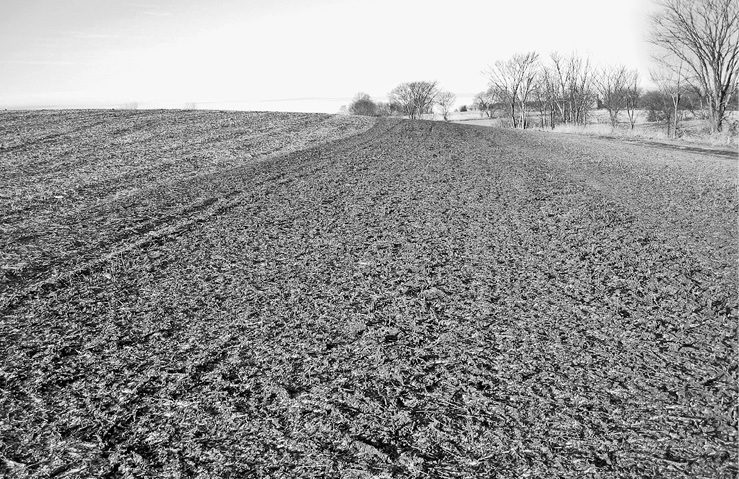No-Till Farmer
Get full access NOW to the most comprehensive, powerful and easy-to-use online resource for no-tillage practices. Just one good idea will pay for your subscription hundreds of times over.

Jim Koepke would be the first to tell you that he doesn’t consider himself a no-tiller. “There’s plenty of tillage activity going on in our soils, it’s just that the tillage is being done by earthworms instead of iron,” he says. “And those earthworms do a tremendous job.”
Koepke Farms is a 330-cow dairy near Oconomowoc in southeastern Wisconsin. The 775 acres of the family farm are a mix of highly erodible land and flat fox silt loam that’s under irrigation.
Of paramount importance is an adequate feed supply for the entire herd, which can reach upwards of 600 animals (including dry cows, calves and replacement heifers).
The majority of the acreage is in a 6-year crop rotation: 3 years in alfalfa, followed by no-till corn for grain, soybeans and corn for silage before being put back into alfalfa. And if additional feed is needed, Koepke will on occasion no-till corn 3 years in a row, and then rotate to no-till soybeans.
Jim farms with his brothers Alan and David, plus his son, John, and John’s wife Kim. As with many family farms, each family member is responsible for a specific part of the operation. Jim is in charge of the crops and nutrient management, although everyone pitches in during critical planting and harvest times.
The farm boasts a 31,000-pound rolling herd average, and 4 years ago the farm built a new milking parlor. It’s significantly improved the farm’s work flow, as well as cow and worker comfort. The facility…